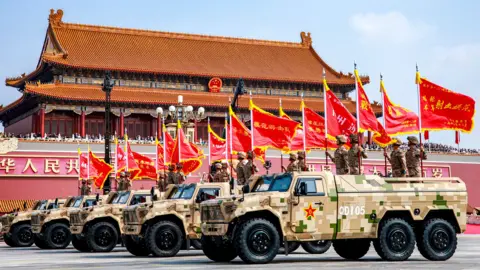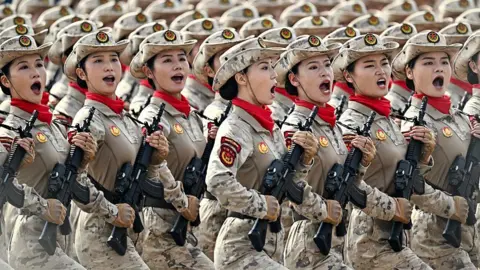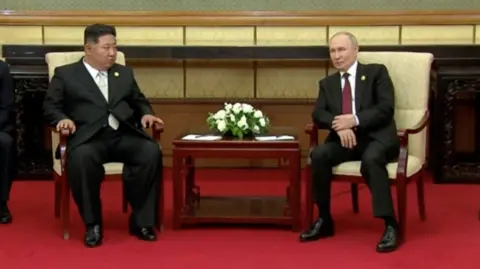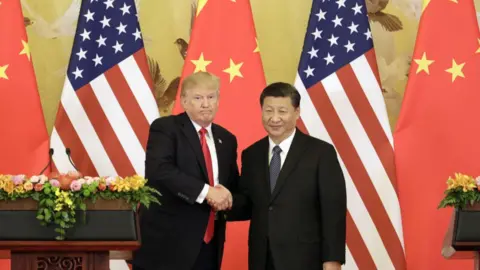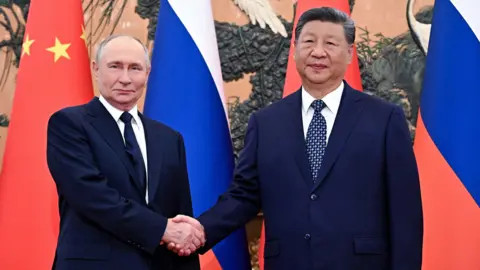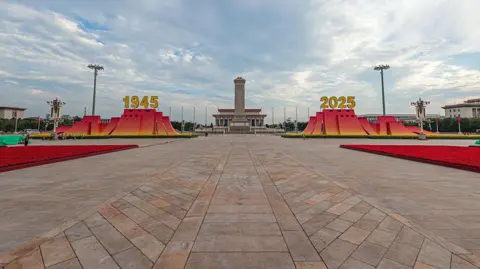In a much-anticipated meeting between President Donald Trump and Philippine President Ferdinand Marcos Jr., a new trade agreement has been established that sets a 19% tariff on exports from the Philippines but eliminates tariffs on imports from the United States. President Trump announced the deal through his social media platform, claiming that it would open up the Philippine market for American goods while guaranteeing revenue through tariffs on Philippine exports.
The deal comes amid ongoing tensions regarding previous proposed tariffs as President Trump had indicated a 20% tariff could be implemented starting August 1. While this new arrangement presents slightly more favorable terms for the Philippines, it aligns with similar agreements Trump made with other Southeast Asian nations, including Indonesia and Vietnam, which also face tariffs near the same rate.
President Marcos arrived in Washington with the intent to solidify economic ties between the two nations. He expressed a strong interest in ensuring robust trade partnerships, emphasizing that the Philippines is prepared to negotiate agreements that foster mutual benefits and economic growth.
The White House released a statement before the meeting indicating that discussions would center around shared commitments to prosperity and security, particularly in the Indo-Pacific region. The close ties between the U.S. and the Philippines, rooted in a lengthy historical relationship, remain vital for both nations as they navigate challenges related to China and regional security.
Despite the trade deficit the U.S. experiences with the Philippines, this deal reflects a continued effort to maintain a strategic partnership while supporting U.S. interests in the South China Sea.
Furthermore, President Marcos's administration has shifted its stance back toward collaboration with the U.S., reversing previous efforts to strengthen ties with China. This newfound alignment has included increasing military cooperation, evident by the deployment of a missile system to the Philippines as part of joint military exercises. Both leaders noted the importance of their alliance in preserving peace and stability in the region, and there are ongoing discussions regarding U.S. investments in Philippine infrastructure.
President Trump remains optimistic about fostering a mutual relationship, hinting that while he encourages the Philippines to engage with China, he prefers their closer alignment with the United States. As both nations look forward to more significant cooperation, this trade deal emphasizes the intertwined economic and military interests in the Asia-Pacific landscape.











